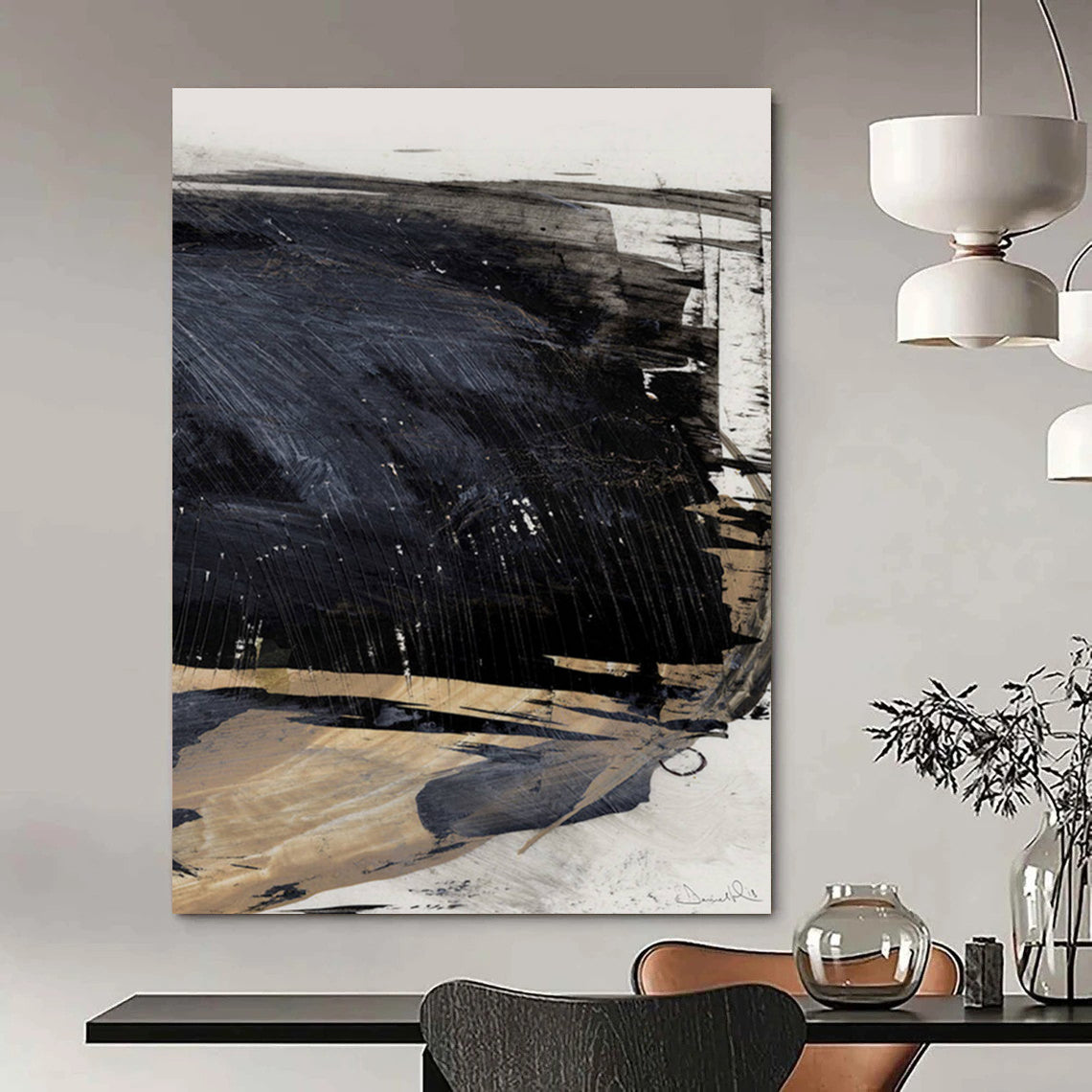In the ever-evolving landscape of visual expression, colorful abstract art stands as a beacon of creativity, inviting viewers to dive into a realm where colors dance freely without the constraints of literal representation. This form of artistry, characterized by bold palettes, dynamic shapes, and layered textures, transcends traditional boundaries to evoke deep emotional responses. Whether adorning the walls of modern homes, offices, or galleries, colorful abstract art transforms spaces into vibrant sanctuaries of imagination. For those seeking to infuse their environments with such energy, collections like Colorful Abstract Art offer a curated selection of pieces that capture this essence, featuring handcrafted canvases in vivid tones that spark joy and introspection.
The roots of colorful abstract art trace back to the early 20th century, when pioneers began to challenge the dominance of figurative painting. Emerging from movements that prioritized inner experiences over external realities, this style draws heavily from abstract art as a whole, which emphasizes the use of form, color, and line to create compositions independent of visual references in the world. Artists sought to express the intangible—emotions, spiritual states, and philosophical ideas—through non-representational means. The infusion of color became a pivotal element, turning canvases into symphonies of hues that could convey joy, turmoil, serenity, or passion without depicting recognizable objects.

One of the most influential figures in this domain was Wassily Kandinsky, often credited as a founder of pure abstraction. Kandinsky believed that colors possessed inherent spiritual qualities; for instance, yellow could evoke warmth and excitement, while blue might suggest depth and tranquility. His works, such as "Composition VIII," explode with vibrant reds, blues, and yellows, arranged in geometric and organic forms that pulse with rhythmic energy. Kandinsky's synesthetic approach—where he associated colors with musical notes—laid the groundwork for how colorful abstract art could stimulate multiple senses, creating a multisensory experience for the observer. This ideology resonated across generations, influencing countless artists to experiment with color as the primary vehicle for emotional storytelling.
As the movement progressed into mid-century, colorful abstract art found new vigor in the United States, particularly through the lens of Abstract Expressionism. This post-World War II era saw creators like Jackson Pollock revolutionizing the canvas with his drip technique, splattering layers of bright enamels in chaotic yet harmonious patterns. Pollock's pieces, often dominated by swirling oranges, blacks, and whites, embodied action painting—a subset where the physical act of creation infused the work with vitality. The colors in these artworks were not mere decorations but active participants, symbolizing the artist's subconscious impulses and the broader human condition. Institutions like the Tate have long celebrated this evolution, noting in their explorations of abstract art how it shifted from representational fidelity to pure emotional resonance, allowing colors to take center stage in evoking personal narratives.
Beyond historical figures, colorful abstract art continues to thrive in contemporary contexts, adapting to modern aesthetics and technologies. Today's artists blend traditional oil and acrylic mediums with digital influences, producing pieces that feature gradients of electric pinks, turquoises, and golds against minimalist backgrounds. This adaptability makes it ideal for interior design, where a single vibrant canvas can redefine a room's atmosphere. In therapeutic settings, the psychological benefits are profound; studies suggest that exposure to bold colors in abstract forms can reduce stress and enhance creativity, as the ambiguity encourages individual interpretation. Galleries worldwide showcase these works, highlighting how colorful abstract art bridges cultural divides, speaking a universal language of hue and emotion.
The appeal of colorful abstract art lies in its versatility—suitable for eclectic bohemian spaces or sleek minimalist interiors. Collectors appreciate the way these pieces evolve with lighting and perspective, revealing new details over time. For enthusiasts looking to start or expand their collections, platforms dedicated to Colorful Abstract Art provide customizable options, ensuring each artwork aligns with personal tastes. This democratization of art has made it accessible, allowing everyday spaces to become galleries of self-expression.
In essence, colorful abstract art is more than visual decoration; it's a celebration of human ingenuity, where colors collide to mirror the complexities of life. From Kandinsky's spiritual visions to Pollock's energetic drips, this genre invites us to see beyond the surface, embracing the chaos and beauty of abstraction. As we navigate an increasingly digital world, these vibrant creations remind us of the power of analog emotion, painted in strokes of unbridled color.
FAQ
What defines colorful abstract art? Colorful abstract art is a style that uses vivid hues, shapes, and textures to convey emotions or ideas without representing real-world objects, drawing from traditions in abstract art.
Who are some key artists in colorful abstract art? Pioneers include Wassily Kandinsky for his color theories and Jackson Pollock for his dynamic, color-infused techniques.
How does colorful abstract art fit into modern decor? It adds energy and personality to spaces, with collections like Colorful Abstract Art offering pieces tailored for contemporary homes.
What is the historical significance of this art form? It emerged in the early 20th century, evolving through movements like Abstract Expressionism, emphasizing emotional depth over realism.
Where can I learn more about abstract art principles? Resources from institutions like the Tate provide in-depth insights into abstract art, covering its definitions and key developments.
How do I choose a colorful abstract piece for my home? Consider the room's color scheme and mood; vibrant works can energize, while subtler tones soothe, with options available in specialized collections.

